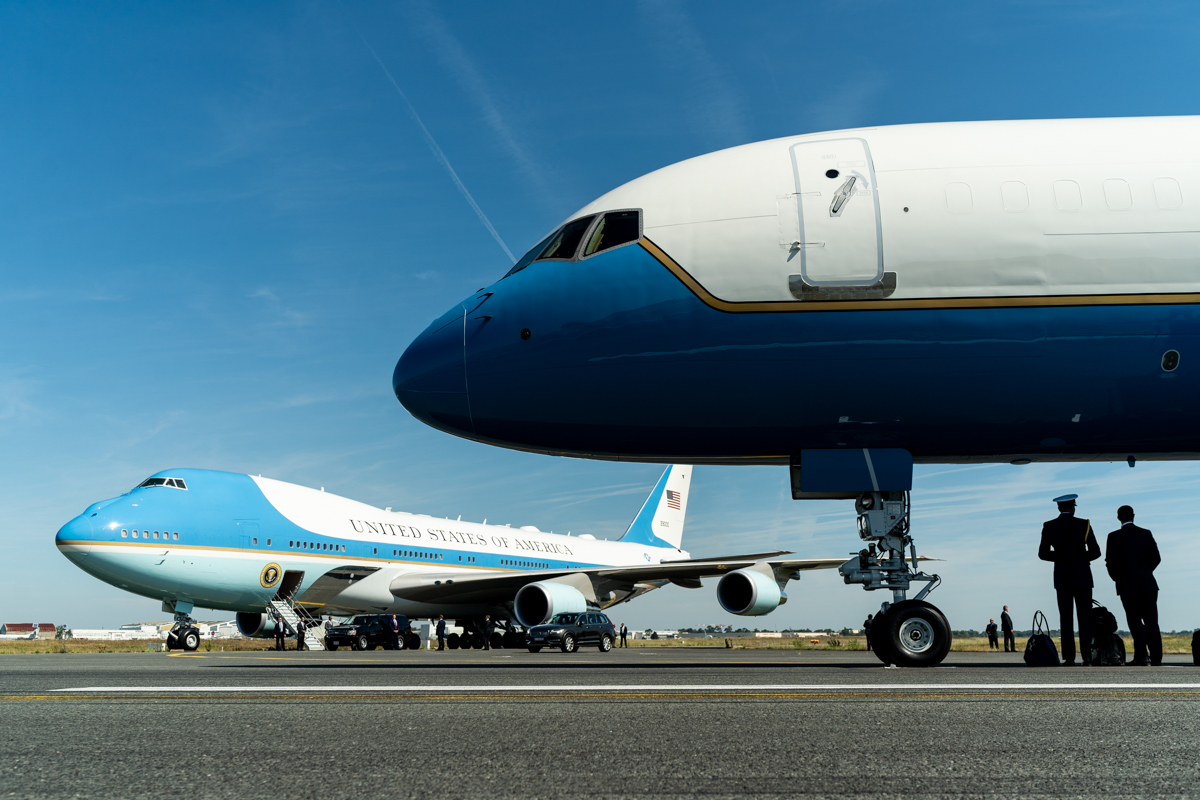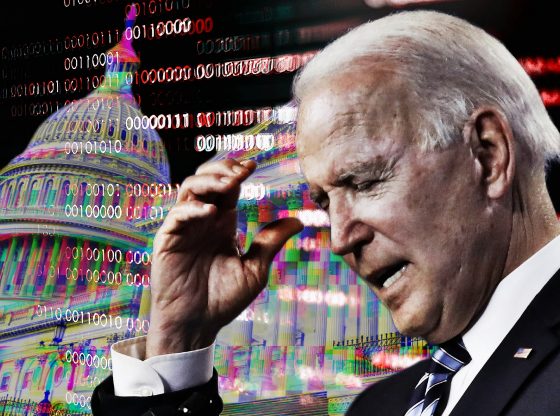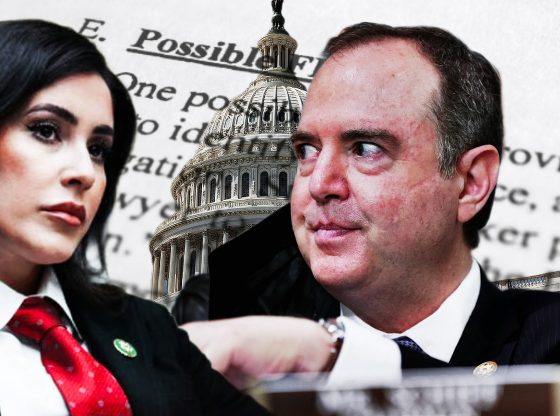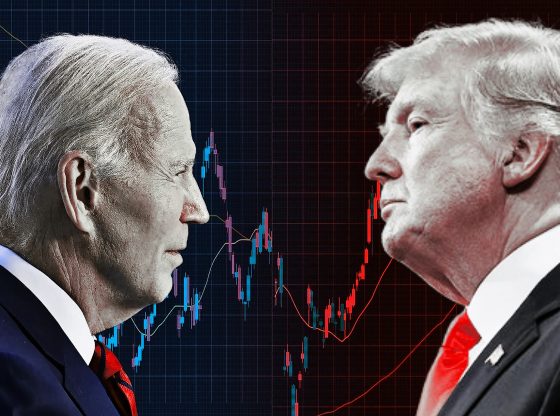Whenever the President is on board a fixed-wing aircraft flown by the U.S. Air Force (USAF) it goes by its air traffic control call sign – Air Force One. Air Force Two is the call sign if it is carrying the Vice President alone.
Although ‘Air Force One’ can describe any Air Force aircraft carrying the President, notes the White House web page, “it is now standard practice to use the term to refer to specific planes equipped to transport the Commander-in-Chief.”
The President’s current highly recognizable aircraft fleet consists of specially customized Boeing 747-200B series jets with the tail codes 28000 and 29000. The Air Force designation for the aircraft is VC-25A. The planes can fly at Mach .84 (644 mph), or just under the speed of sound.
It is an impressive aircraft but showing its age. President Trump recently approved a new red white and blue paint scheme for the iconic aircraft, which are soon due to be replaced by brand new modified Boeing 747-8s.
But now the Air Force is going far beyond new colors and updated 747s for the president’s planes.
It has awarded a contract to the aviation firm Exosonic to begin developing a ‘high speed’ presidential aircraft that can travel at supersonic speeds. According to the Washington Times, the USAF “research award, worth $1 million, will pay Exosonic to modify its existing plans for a supersonic commercial plane into a proposal for a presidential-grade aircraft.”
“Exosonic is an early-stage [start-up] company developing a Mach 1.8 [1,381] 9000 kilometer [5,592 mph] plus range, 70 passenger supersonic airliner. Exosonic’s key selling point? A muted sonic boom” writes simpleflying.com.
Our Presidential and Executive Airlift Directorate, recently awarded a @usairforce contract to @FlyExosonic to develop a low-boom supersonic executive transport aircraft that will allow key decision makers and teams to travel around the world in half the time it takes now! pic.twitter.com/eVMacy3LCT
— Air Force Life Cycle Management Center (@AFLCMCofficial) August 31, 2020
While the Air Force is also working with Hermeus Corporation to explore modifying their super-fast Mach 5 [3,836 mph] capable hypersonic jet into a VIP transport for the Air Force, Exosonic’s differentiator is its boom softening technology.
Sonic booms severely limit overland supersonic flights. That curtails the potential of supersonic flying for Air Force One.
But writes simpleflying.com, “Exosonic says it can mute the sonic boom, meaning overland supersonic flying can become the norm. In turn, flight times significantly reduce. That’s a capability the United States Air Force is very interested in.”
The Washington Times quoted Exosonic CEO Norris Tie as stating:
The future for global rapid passenger travel is low-boom supersonic flight. Low boom allows travelers to fly at supersonic speeds without generating disruptive booms for those on the ground. Exosonic is excited to win this contract as it represents not only commercial but government promise for low-boom supersonic travel.
The company’s modifications for the Air Force would require “reconfiguring the aircraft cabin to include the required accommodations, communications equipment, and security measures that allow US leaders and their guests to work and rest onboard the aircraft.”
As exciting as this project is, it won’t be happening very soon. Exosonic plans to roll out a prototype of the commercial version of its supersonic aircraft by 2025, reports Military Times, and any Air Force One variant would likely come after. Meanwhile, POTUS will have to do with his new Boeing 747-8s being delivered by 2024.
Advertisement
Help President Trump Stop Joe Biden [ACT NOW]















sad